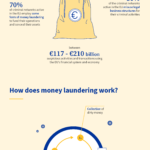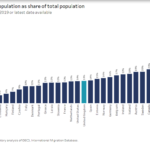Financial crises are very costly according to an article in the latest edition Finance and Development magazine of the IMF.
Financial crises occur more frequently in emerging countries than developed countries.Between 1972 and 2007 emerging markets have been hit with more currency crises than banking and debt crises. Developed countries have had virtually no debt crisis in the same period.
The average fiscal cost of banking crises is under 10% of GDP for the developed world compared to more than 15% of GDP for the emerging countries. Output lost is similar to both emerging and developed countries.
On the causes of a financial crisis, the article notes:
“Whereas each differs in its details, nearly all reflect a confluence of some underlying economic vulnerability and a specific crisis trigger. The underlying vulnerability
is often a credit or asset price bubble, a balance sheet mismatch (excessive borrowing in foreign currency, at too-short maturities, or with inadequate capitalization), whereas the crisis trigger can be almost any event—political turmoil, terms of trade shocks, contagion from other countries, or, to take the example of the current crisis, the collapse
of the subprime market (see table)”
The table below shows the vulnerabilities and triggers of some of the past crises:
On the recent credit crisis that started in the US, the vulnerabilities were the credit and the house price boom. In addition weaknesses in financial regulation resulted in a buildup of leverage and mispricing of risk. The trigger for the crisis was the collapse of the sub-prime mortgage market. Will the financial reforms that are being proposed block astronomical leverages among financial institutions and consequently prevent future crises?.Only time will tell.



